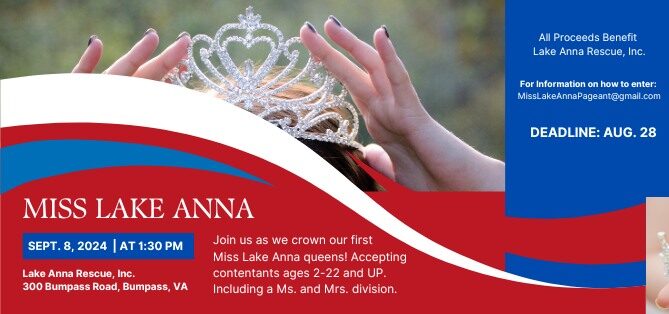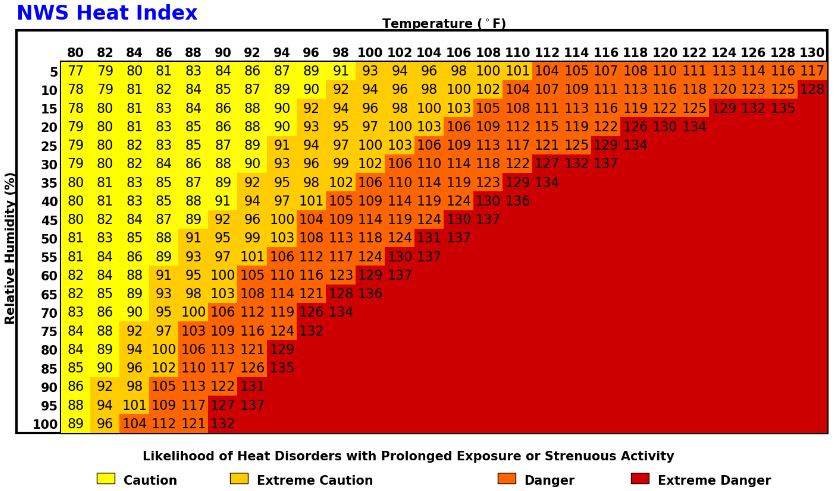July into August are the hottest months of the year. Temperatures frequently peak in the 90s. On rare occasions, we experience temperatures at or above 100 degrees F. When high humidity is combined with the heat it can make for uncomfortable, and possibly dangerous, conditions.
Heat-related illnesses and deaths can vary in the US every year. When we have prolonged heat waves, we usually see a sharp increase in heat-related illnesses. Unfortunately, we also experience a rise in heat-related deaths, of which most are elderly people. Some heat-related illnesses and their symptoms are: heat cramps with heavy sweating and painful muscle spasms usually in the legs or abdomen, heat exhaustion where the person becomes weak and sweats heavily, and the skin becomes cold, pale, and clammy, and heat stroke with high body temperature (106 degrees F or higher) along with hot dry skin and a rapid and strong pulse; a person can lose consciousness and die.
The Human body is a magnificent biological machine, but it has its limitations. Heat is one factor that usually limits almost all humans at some point. The young and very old usually have a harder time dealing with hot weather as their bodies don’t dissipate heat as effectively as other age groups.
Our bodies remove heat in several ways. Varying the rate of blood circulation, losing water through the skin and sweat glands, and panting are the three ways our bodies keep cool. When our internal body temperature rises above 98.6 degrees F our body responds by pumping more blood to aid with cooling. This in turn results in more blood moving to the capillaries located in the upper layers of the skin. The larger amount of blood circulating closer to the skin helps to dissipate some of the heat. Sweating is the next step in our natural cooling system. Water is transferred to the skin and moves to the outer skin as perspiration. Sweating handles about 90 percent of our cooling functions. The evaporation of sweat requires heat energy. This energy comes from our warm bodies and the thin layer of air that’s next to our skin. A perfect example of this is when you get out of a pool or lake, you almost instantly feel a little cooler, as evaporation starts. The third step is panting which helps expel the warmer air inside our lungs, while we replace it with cooler air.
The heat index is scientifically based on a combination of temperature and relative humidity that affects the body’s ability to cool itself, or in layman’s terms, how it feels outside. During hot and very dry conditions, evaporation is much more efficient in helping the body cool. During hot and very humid conditions, evaporation is much slower, and therefore cooling is less effective. That’s why you’ve heard people say, “It’s not the heat, it’s the humidity.”
The National Weather Service issues Heat Advisories at 105-109 degrees F, and Excessive Heat Warnings for 110 and up. So, when Mother Nature turns on the blow torch and humidifier this summer, take some time to rest, drink plenty of water, and get inside during the hottest parts of the day.

I grew up an Air Force Brat. Traveled the country and lived in Georgia, Maine, New York, Hawaii and Oklahoma.
I fell in love with the weather in Oklahoma. My father was transferred to Tinker AFB in 1973. While in Temporary housing (a mobile home, which is the standard in Oklahoma) I experienced my first severe thunderstorm with strong winds and hail the size of baseballs. The next day I was in the base library looking up books on weather. The rest is history.
I graduated from the University of Oklahoma in 1983 with a Bachelor’s Degree in Meteorology. The first two years we took Calculus, Differential equations, Physics, Chemistry and Computer science classes with the Engineering Students. It was a grind. My degree is actually from the College of Engineering. The last 2-3 year’s focus was on Meteorology including Observational networks (Satellite, Radar, Surface), Physics, Thermodynamics, Dynamics, Synoptic, Winter Weather, Severe Weather and Climatology.
My first job out of college was with a small forecasting company in Oklahoma City. I was immediately put on TV (OETA) and Radio (WKY) as their broadcast Meteorologist. After two years in broadcasting, I decided to pursue the National Weather Service route and got a position in Toledo, OH as an intern. After a couple of years, I was promoted to a forecaster position at the Cleveland Forecast office. I quickly moved into the Weather Preparedness position and was responsible for all the preparedness activities in the state of Ohio.
In 1992 I decided to pursue other forecast opportunities and moved to the Meteorological Operations Division of the National Meteorological Center in Washington, DC. This group is now called WPC (Weather Prediction Center). There I fine-tuned my forecasting of Synoptic Weather with my focus on Heavy Convective Rainfall and Winter Storms, under the supervision of Dr. Louis Uccellini. He has written several books on East Coast Winter storms. I was promoted to a Senior Branch Forecast position during my tenure at MOD. Part of my job was to teach weather classes at COMET (Cooperative Program for Operational Meteorology, Education, and Training).
In 2012 I was given the opportunity to start up a new weather support group with the FAA (Federal Aviation Administration) in Warrenton, VA at the ATCSSC (Air Traffic Control System Command Center). The ATCSCC is where the FAA identifies solutions to air traffic inefficiencies in the NAS (National Air Space) for the CONUS (Continental United State). Weather impacts are the biggest impact on Aviation with yearly losses over 20 billion dollars. My job was to help lower these inefficiencies/costs by providing weather impact briefings and forecasts in order to keep the air planes moving as safely and efficiently as possible.
I retired in 2022 and now am running Lake Anna Weather, LLC.
Subscribe for Updates
Sponsors
latest articles
Lake Anna Barbell Fitness Center Breaks Ground at Roundabout Plaza
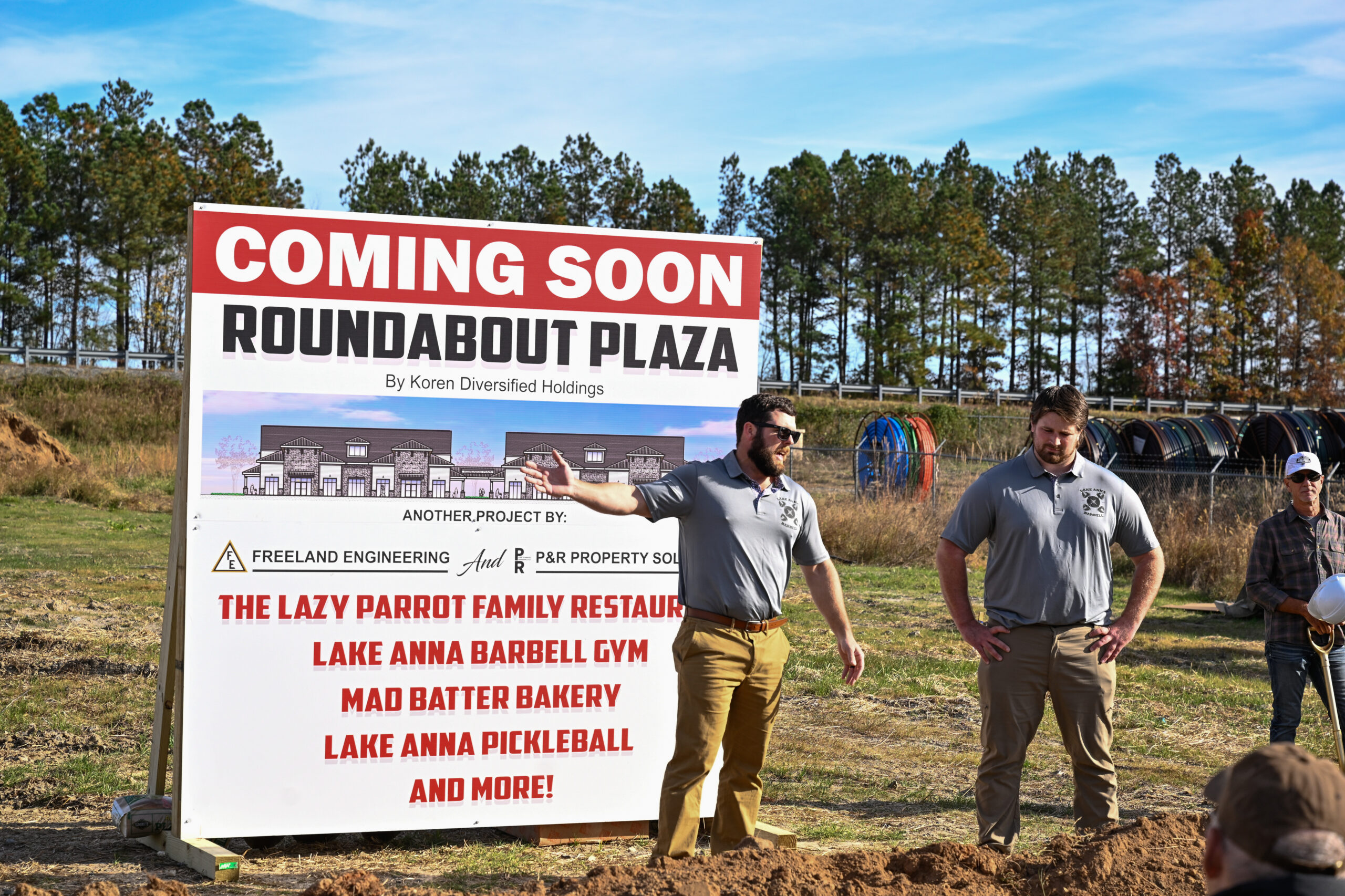
A Social Club with a Charity Problem: Lake Anna Roosters & Foxes Raise Big for Local Needs

“No One Leaves Here Hungry”: The Louisa County Resource Council Impacts Thousands of Locals in Need
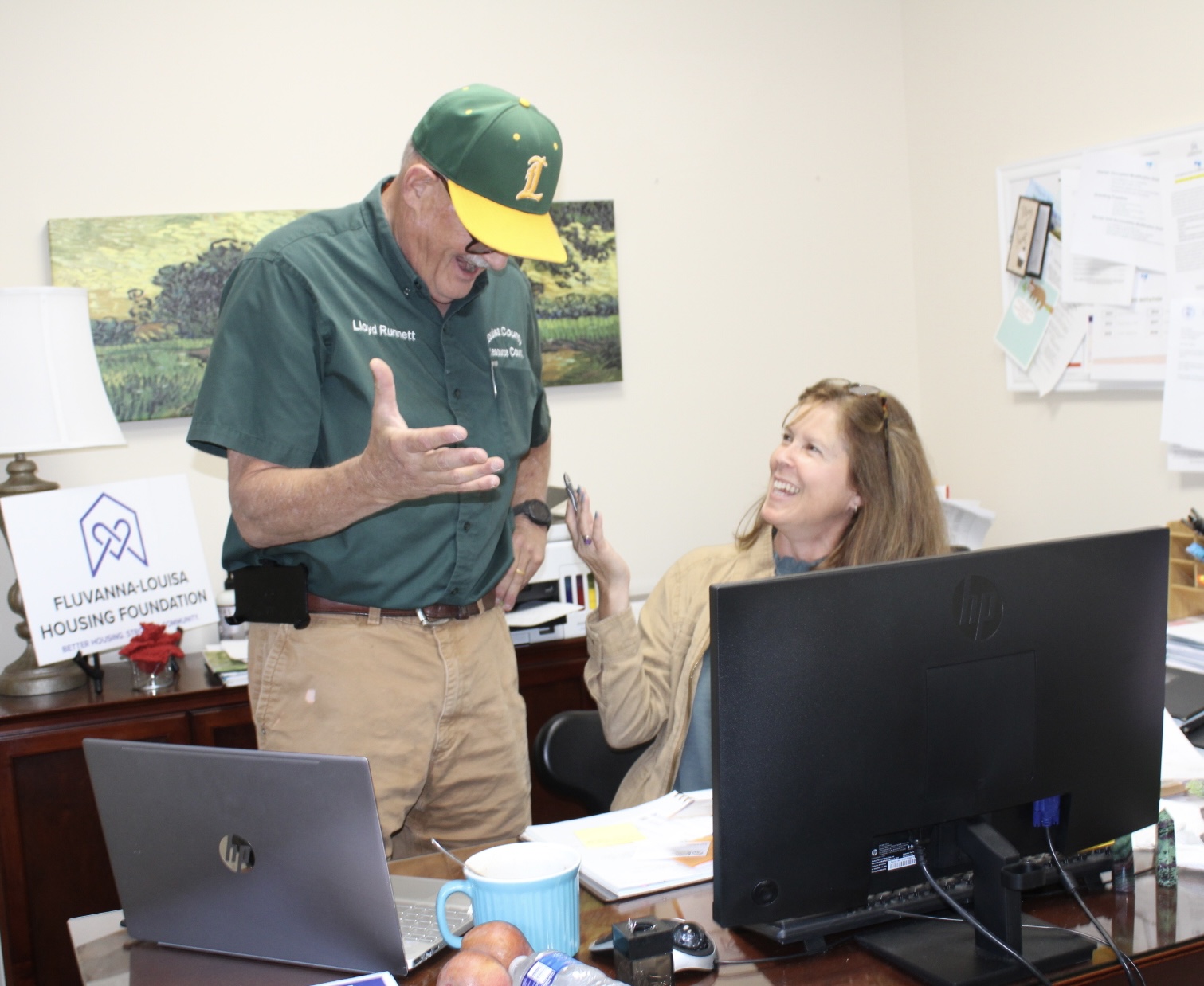
Remembering “DJ Mike”
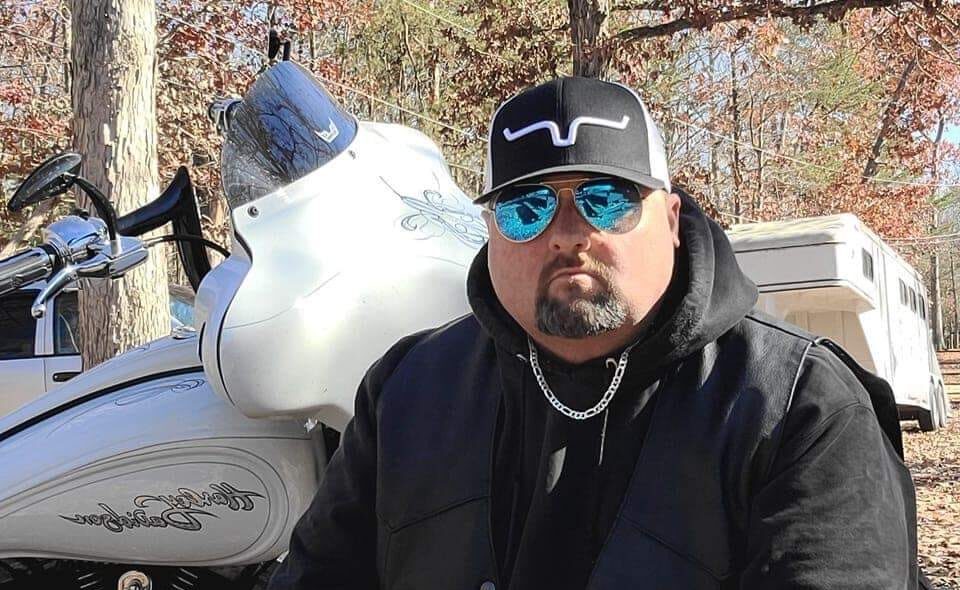
Winter Weather Forecast: What to Expect this Season

Beau’s Perspective: The White Stuff
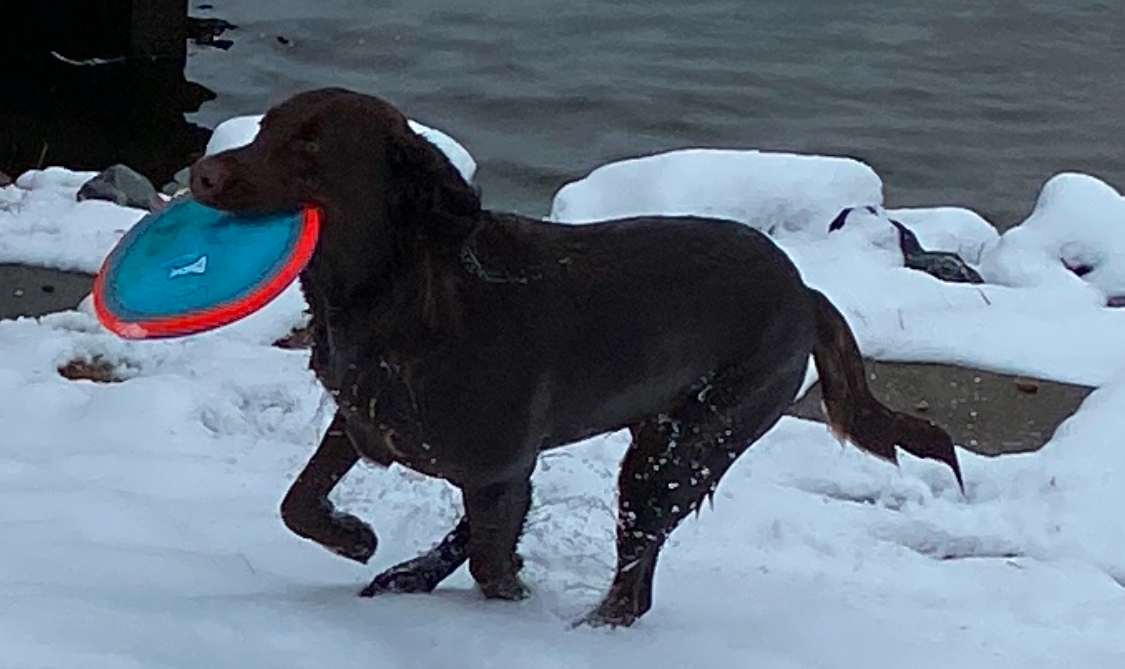
July into August are the hottest months of the year. Temperatures frequently peak in the 90s. On rare occasions, we experience temperatures at or above 100 degrees F. When high humidity is combined with the heat it can make for uncomfortable, and possibly dangerous, conditions.
Heat-related illnesses and deaths can vary in the US every year. When we have prolonged heat waves, we usually see a sharp increase in heat-related illnesses. Unfortunately, we also experience a rise in heat-related deaths, of which most are elderly people. Some heat-related illnesses and their symptoms are: heat cramps with heavy sweating and painful muscle spasms usually in the legs or abdomen, heat exhaustion where the person becomes weak and sweats heavily, and the skin becomes cold, pale, and clammy, and heat stroke with high body temperature (106 degrees F or higher) along with hot dry skin and a rapid and strong pulse; a person can lose consciousness and die.
The Human body is a magnificent biological machine, but it has its limitations. Heat is one factor that usually limits almost all humans at some point. The young and very old usually have a harder time dealing with hot weather as their bodies don’t dissipate heat as effectively as other age groups.
Our bodies remove heat in several ways. Varying the rate of blood circulation, losing water through the skin and sweat glands, and panting are the three ways our bodies keep cool. When our internal body temperature rises above 98.6 degrees F our body responds by pumping more blood to aid with cooling. This in turn results in more blood moving to the capillaries located in the upper layers of the skin. The larger amount of blood circulating closer to the skin helps to dissipate some of the heat. Sweating is the next step in our natural cooling system. Water is transferred to the skin and moves to the outer skin as perspiration. Sweating handles about 90 percent of our cooling functions. The evaporation of sweat requires heat energy. This energy comes from our warm bodies and the thin layer of air that’s next to our skin. A perfect example of this is when you get out of a pool or lake, you almost instantly feel a little cooler, as evaporation starts. The third step is panting which helps expel the warmer air inside our lungs, while we replace it with cooler air.
The heat index is scientifically based on a combination of temperature and relative humidity that affects the body’s ability to cool itself, or in layman’s terms, how it feels outside. During hot and very dry conditions, evaporation is much more efficient in helping the body cool. During hot and very humid conditions, evaporation is much slower, and therefore cooling is less effective. That’s why you’ve heard people say, “It’s not the heat, it’s the humidity.”
The National Weather Service issues Heat Advisories at 105-109 degrees F, and Excessive Heat Warnings for 110 and up. So, when Mother Nature turns on the blow torch and humidifier this summer, take some time to rest, drink plenty of water, and get inside during the hottest parts of the day.

I grew up an Air Force Brat. Traveled the country and lived in Georgia, Maine, New York, Hawaii and Oklahoma.
I fell in love with the weather in Oklahoma. My father was transferred to Tinker AFB in 1973. While in Temporary housing (a mobile home, which is the standard in Oklahoma) I experienced my first severe thunderstorm with strong winds and hail the size of baseballs. The next day I was in the base library looking up books on weather. The rest is history.
I graduated from the University of Oklahoma in 1983 with a Bachelor’s Degree in Meteorology. The first two years we took Calculus, Differential equations, Physics, Chemistry and Computer science classes with the Engineering Students. It was a grind. My degree is actually from the College of Engineering. The last 2-3 year’s focus was on Meteorology including Observational networks (Satellite, Radar, Surface), Physics, Thermodynamics, Dynamics, Synoptic, Winter Weather, Severe Weather and Climatology.
My first job out of college was with a small forecasting company in Oklahoma City. I was immediately put on TV (OETA) and Radio (WKY) as their broadcast Meteorologist. After two years in broadcasting, I decided to pursue the National Weather Service route and got a position in Toledo, OH as an intern. After a couple of years, I was promoted to a forecaster position at the Cleveland Forecast office. I quickly moved into the Weather Preparedness position and was responsible for all the preparedness activities in the state of Ohio.
In 1992 I decided to pursue other forecast opportunities and moved to the Meteorological Operations Division of the National Meteorological Center in Washington, DC. This group is now called WPC (Weather Prediction Center). There I fine-tuned my forecasting of Synoptic Weather with my focus on Heavy Convective Rainfall and Winter Storms, under the supervision of Dr. Louis Uccellini. He has written several books on East Coast Winter storms. I was promoted to a Senior Branch Forecast position during my tenure at MOD. Part of my job was to teach weather classes at COMET (Cooperative Program for Operational Meteorology, Education, and Training).
In 2012 I was given the opportunity to start up a new weather support group with the FAA (Federal Aviation Administration) in Warrenton, VA at the ATCSSC (Air Traffic Control System Command Center). The ATCSCC is where the FAA identifies solutions to air traffic inefficiencies in the NAS (National Air Space) for the CONUS (Continental United State). Weather impacts are the biggest impact on Aviation with yearly losses over 20 billion dollars. My job was to help lower these inefficiencies/costs by providing weather impact briefings and forecasts in order to keep the air planes moving as safely and efficiently as possible.
I retired in 2022 and now am running Lake Anna Weather, LLC.
Subscribe for Updates
Sponsors
latest articles
Lake Anna Barbell Fitness Center Breaks Ground at Roundabout Plaza

A Social Club with a Charity Problem: Lake Anna Roosters & Foxes Raise Big for Local Needs

“No One Leaves Here Hungry”: The Louisa County Resource Council Impacts Thousands of Locals in Need

Remembering “DJ Mike”

Winter Weather Forecast: What to Expect this Season

Beau’s Perspective: The White Stuff

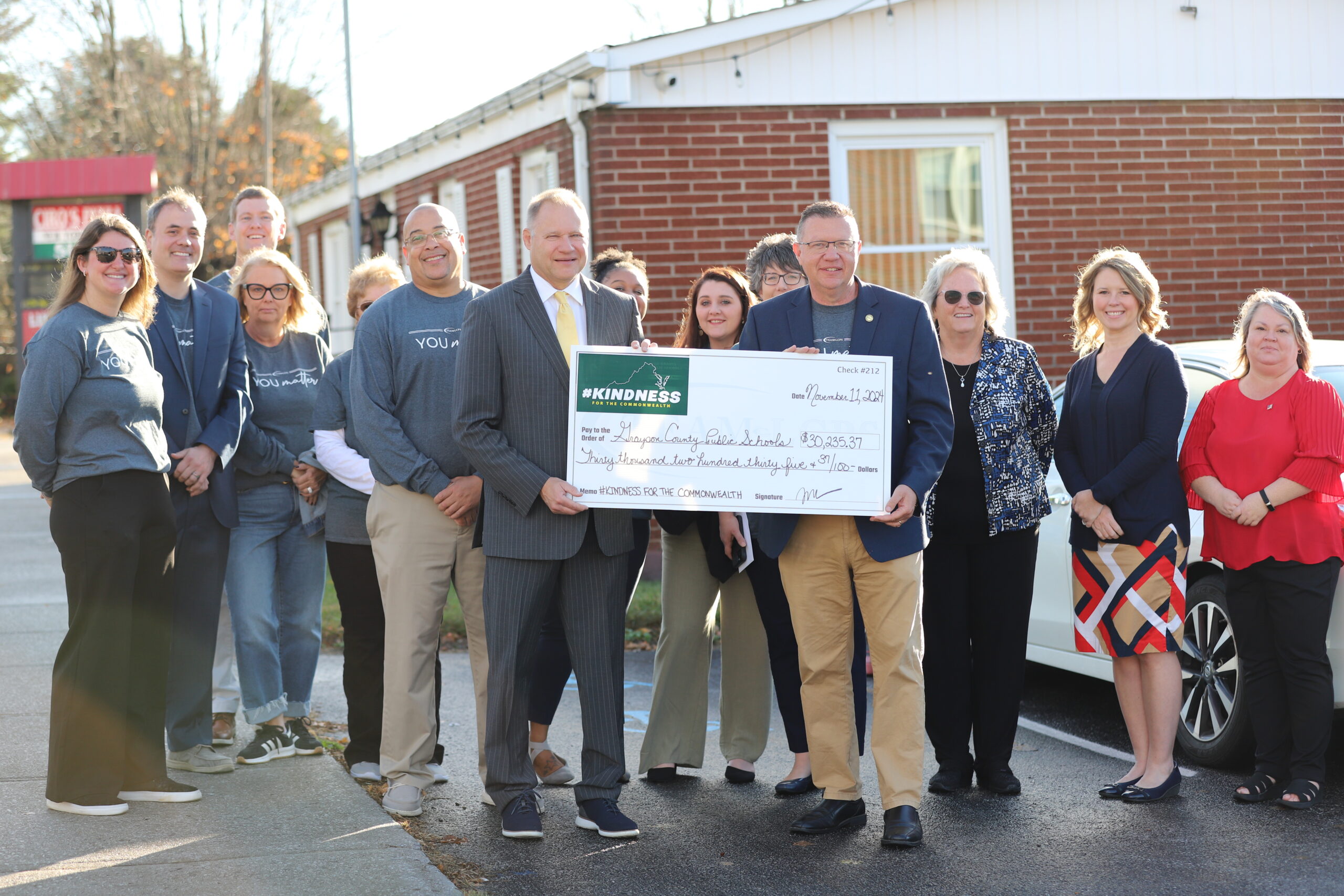
Louisa Schools Deliver $30,000 Donation to Support Grayson County’s Hurricane Recovery
Article By Jen Bailey
Louisa Chamber highlights volunteer standouts
Article By Jen Bailey
